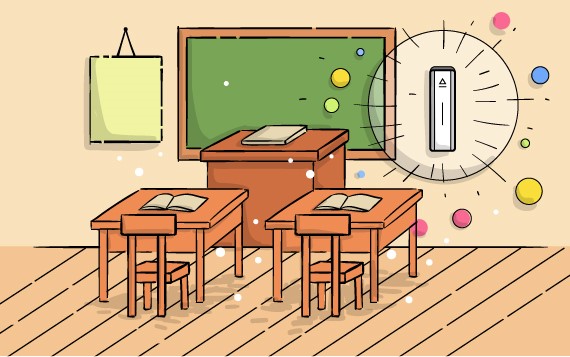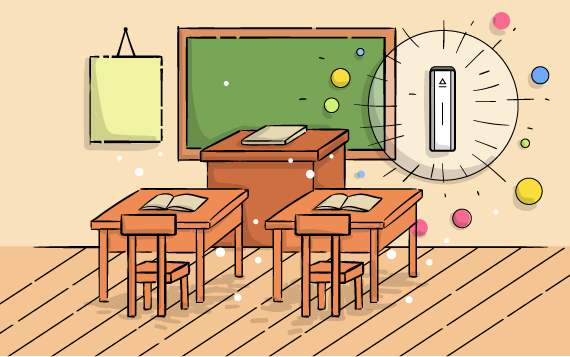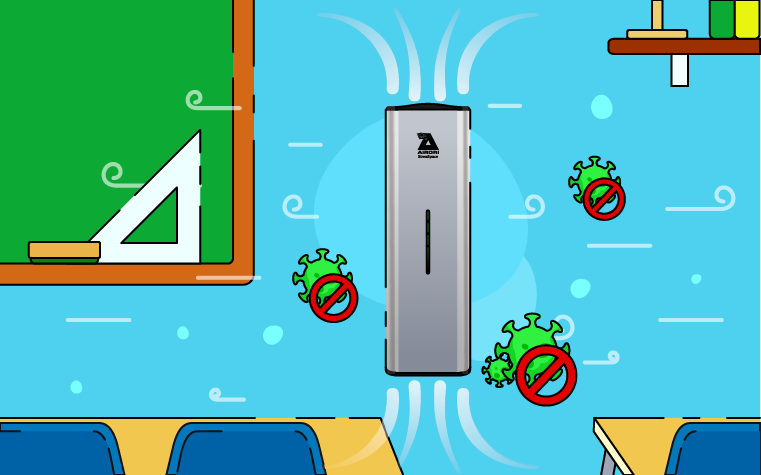3 ways to improve classroom ventilation
In this article we look at how effective classroom ventilation can help your school in the fight against the spread of bacteria, germs and viruses.

With schools now re-opened, hygiene arrangements have been increased with hand washing and deep cleaning being top priorities. However, has your school considered the role of classroom ventilation in the fight against the spread of coronavirus? With autumn drawing ever nearer, stuffy classrooms could pose a new risk for picking up germs and common cold-weather illnesses, like cold and flu.
In this article, we discuss effective classroom ventilation and its new-found importance for schools.
How do you judge classroom ventilation?
Spaces need a decent flow of air to prevent them from feeling stuffy. You usually notice a classroom that’s inadequately ventilated when you enter it. The atmosphere can feel heavy, there might also be a bad smell or sense that the air in the space feels stale.
This kind of environment isn’t ideal for students at the best of times! It can make them feel sleepy and lethargic. It can also lead to nasty bacteria and germs spreading more easily!
How do you ventilate a space effectively?
There are a variety of steps you can take to improve classroom ventilation. These include:
1) Opening windows
Many schools have classrooms with windows that are high up and difficult to reach. There should, however, be a way of opening them to comply with building regulations. Make sure you open your classroom windows wherever possible to allow the fresh air to mix with the existing air in the space.
This applies equally in winter when it’s colder. It might seem counter-intuitive for teachers to do so when the school heating system is on, but you should make an effort to keep those windows open!
If a student complains that it’s draughty because they’re sitting too close to the window, teachers can reposition their desk so they don’t feel uncomfortably cold.
2) Making sure there’s a supply of outdoor air when using air conditioning
If your classroom uses a regulating system to cool or heat the space that operates by recirculating the air, make sure there’s also a supply of outdoor air to the space. This will help to dilute any airborne aerosols (such as viruses) in the room.
3) Using an air purifier
Irrespective of how thorough your cleaning regime is, it’s almost impossible to keep on top of airborne and surface germs 24 hours a day! Air purifiers work by sanitising the air and controlling the spread of micro-organisms and odours. They’re a great option for keeping school washrooms clean, but can also be used in larger spaces such as classrooms.
These three measures can go a long way to improving the air quality in your classroom and stopping the spread of illnesses in your school.
At Utility Rentals, we offer a comprehensive range of air purifiers designed specifically for school use. We also offer a range of other hygiene-boosting equipment such as mobile handwashing stations and HEPA-filter hand dryers.
To find out more, contact us today!
Tags
Similar Articles
The value of air purifiers amid shortages
Unfortunately, high levels of COVID-19 cases among students and staff are causing ongoing disruption in schools. That said, with the…
How to secure air purifiers to keep your classrooms COVID-safe
Unfortunately, with the Omicron variant circulating, we’re all still worried about COVID-19 cases in the classroom. As school staff try…



